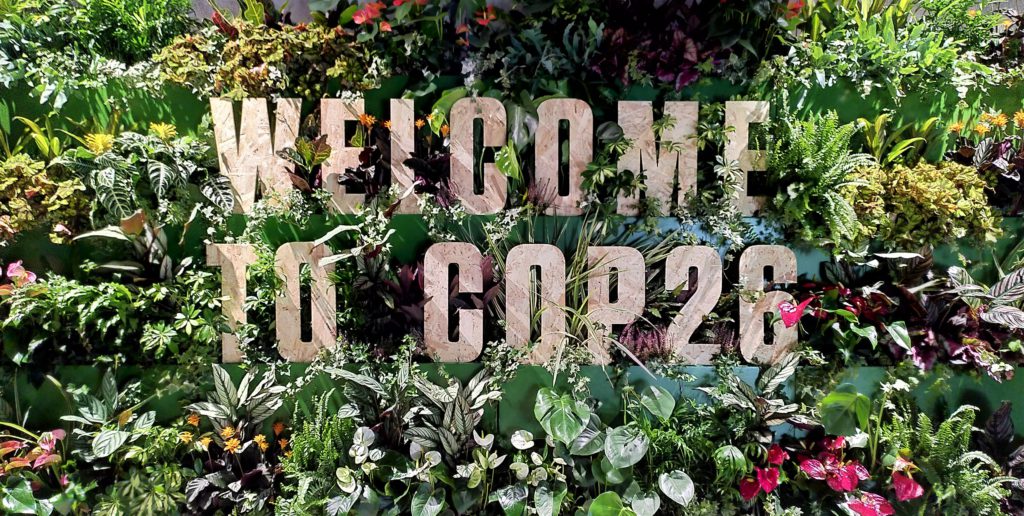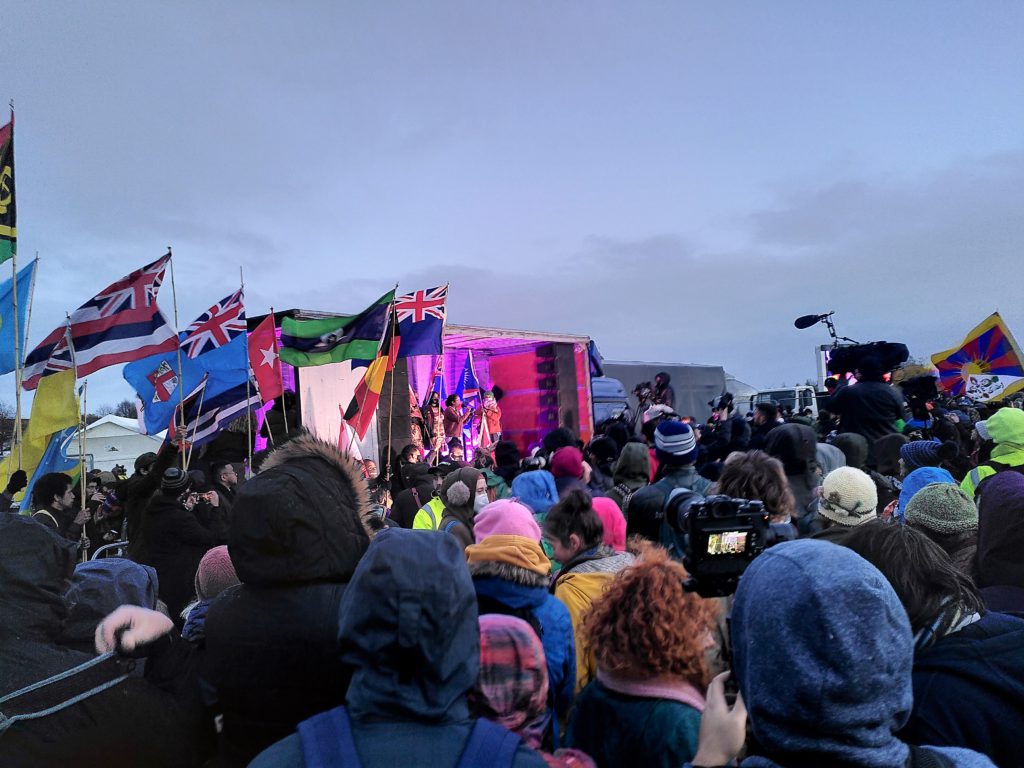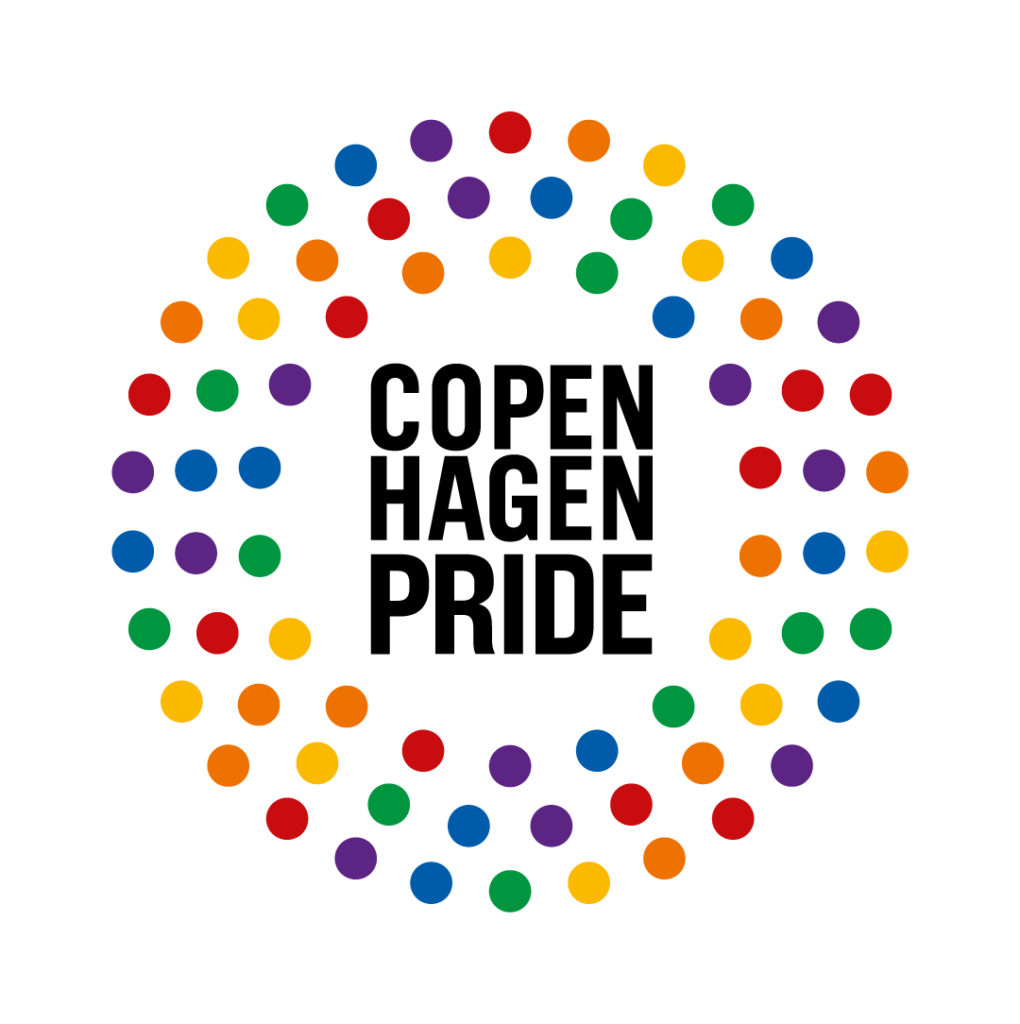
Weathering the Storm: How LGBTI+ Community Can Help the Fight for Climate Justice
Text and photos by Ellen Taylor
The rain is getting heavier. Up on the hillside, the inhabitants glance at the water-streaked windows and rush to shut them before settling back down. Perhaps they’ll even be pleased, peering out at the garden, warm drink in hand (“it will do wonders for the flowers!”). Or perhaps they’ll hardly notice, safe and dry inside, and too preoccupied with the ebb and flow of daily life.
Down in the valley, it’s a different story. To the poor and marginalised, the ebb and flow of daily life is entirely dependent on the ebb and flow of the water. To ignore the rain is a privilege not afforded to those who are forced to build their homes on the floodplains. Here, the water is already starting to seep under the door.
And as the rain gets heavier, imagine their rage when they realise that the same wealthy who are indifferent or oblivious to their drowning are the people who cut down the trees and paved the hillside, causing the flood. Indeed, the great injustice at the heart of climate change is just that – those most vulnerable to the effects of climate change are those who are least able to adapt to or mitigate its effects, and who did the least to contribute to its causes.
While we might experience the same flood, the way we experience it is starkly different.
While we might experience the same flood, the way we experience it is starkly different.
Real damage
For those in privileged positions on the hillside, it is easy to talk about climate change in the abstract, in the future. It exists as statistics and graphs. It is photographs of emaciated polar bears, melting ice in faraway places. 170 vertical stripes in the artwork ‘Climate Stripes’ by Professor Ed Hawkins, one for every year since 1850, fluctuating between shades of blue and pink before settling into a bar of dark red. For those who are living it, it is famines and droughts, extreme and unpredictable weather events. Loss and damage. Air pollution. Heatwaves. Floods.
How exactly we experience it hinges on the kaleidoscope of identities that define us, and on the intricacies and quirks of how these identities intersect. This applies not just in the moment of the climate event itself, but also in the aftermath – identities determine our ability to recover, the degree to which we can access help or are compensated for our losses. It depends on where we live, of course. But it also depends on why we live there – which, in turn, depends on who we are, our socioeconomic class, where we were born, our sexuality, the colour of our skin.

No stranger to a fight
Climate change is a racial issue. Disproportionately affecting indigenous peoples, whose livelihoods are especially sensitive to the effects of extreme climate events. It disproportionately affects people of colour, in the Global South and the world over – in the US, for example, the risk of air pollution for African American communities is much greater, leading to higher rates of asthma and risks of cancer. It is also a gendered issue – the Malala Fund estimates that around 4 million girls will miss school this year alone due to climate change related events. Re-enrolment rates will be much lower than those of their brothers. It is even an LGBTI+ issue. LGBTI+ communities are more likely to experience homelessness, or inadequate housing, and so they stand to lose much more from extreme weather events. And when catastrophic climate events have left their homes and lives in ruins, members of LGBTI+ communities have reported facing discrimination, preventing them from accessing resources such as emergency shelters.
The LGBTI+ community is no stranger to a fight for justice. Whether we are marching under the banner of six rainbow stripes or 170 climate stripes, we are ultimately marching for justice — for the right to lead a quality life regardless of who or where we are. It is no surprise, therefore, that those who identify as part of the LGBTI+ community are more than twice as likely to join environmental movements, according to a 2018 study in the USA. When a community regularly faces injustice, it seems it can leave them more sensitive to other injustices.
And with this in mind, the LGBTI+ community has much to offer in this fight.

Individual despair can be turned into hope through joining collective action – through seeking like-minded communities and demanding the change we deserve from those in power.
When the flood comes
We are a community that increasingly recognises how the intersection of different identities leads us to experience the world in different ways. In turn, we recognise the importance of lending a platform to those most marginalised – who, through the very fact of their marginalisation are the most qualified to talk about it, but the least likely to be heard. While climate activist spaces are increasingly taking this into account, the wider climate regime has far to go. At COP26 in Glasgow this November, many Small Island Developing States were underrepresented, unable to send delegates due to vaccine inequality and travel restrictions, despite being the countries most at risk from the climate crisis. While the press mobs Greta Thunberg when she appears at international forums, the Ugandan activist Vanessa Nakate frequently finds herself cropped out of photos or omitted from press coverage of the same events.
When the flood comes, the damage it causes is not just physical. It seeps into the psyche in waves of grief, fear, and hopelessness. Psychiatrists are noting increasing numbers of young people experiencing ‘ecoanxiety’ (a sense of dread about the crisis to come) or ‘solastalgia’ (a sense of home-sickness as ecological damage renders unrecognisable a once-familiar place).
The flood brings waves of rage, too. Rage at the hypocrisy, the unfairness. Corporations run campaigns urging us to mind our personal carbon footprints, while doing next to nothing to tackle their own – infinitely bigger – contribution to the crisis. Even as the UK government hosted COP26 in Glasgow this November, they quietly pressed on with their plans for a new oil field in the North Sea. And while small island developing nations were unable to fully participate in the conference, the fossil fuel industry was able to send a delegation of 503 people.
Marching through the rain
What are we to do with the rage, the grief, the hopelessness? Once again, this is a subject in which the LGBTI+ community is particularly well-informed. Our rights as they stand are built on generations of riots, marches, and protests. Individual despair can be turned into hope through joining collective action – through seeking like-minded communities and demanding the change we deserve from those in power.
The rain was heavy on the day of the climate march during COP26 – particularly bad, even for Glasgow in November. But still 100,000 people decided to march, under the flags of the Small Island Developing States and led by indigenous peoples from all over the world. From Extinction Rebellion activists to religious groups, from families with young children to grandparent’s organizations, teachers and doctors and local community groups. 100,000 people glanced out through rain-streaked windows, heard the wind howl, and still decided to grab their hats and coats and take to the streets.
The more we can recognise the degree to which our respective struggles for justice are connected, the stronger our causes can become. Through collective action, we can turn grief and rage into hope – and through collective action, perhaps the world can be saved yet.
Acknowledgements
Emily, Andy, and Leo Findlay
Litteraturliste



